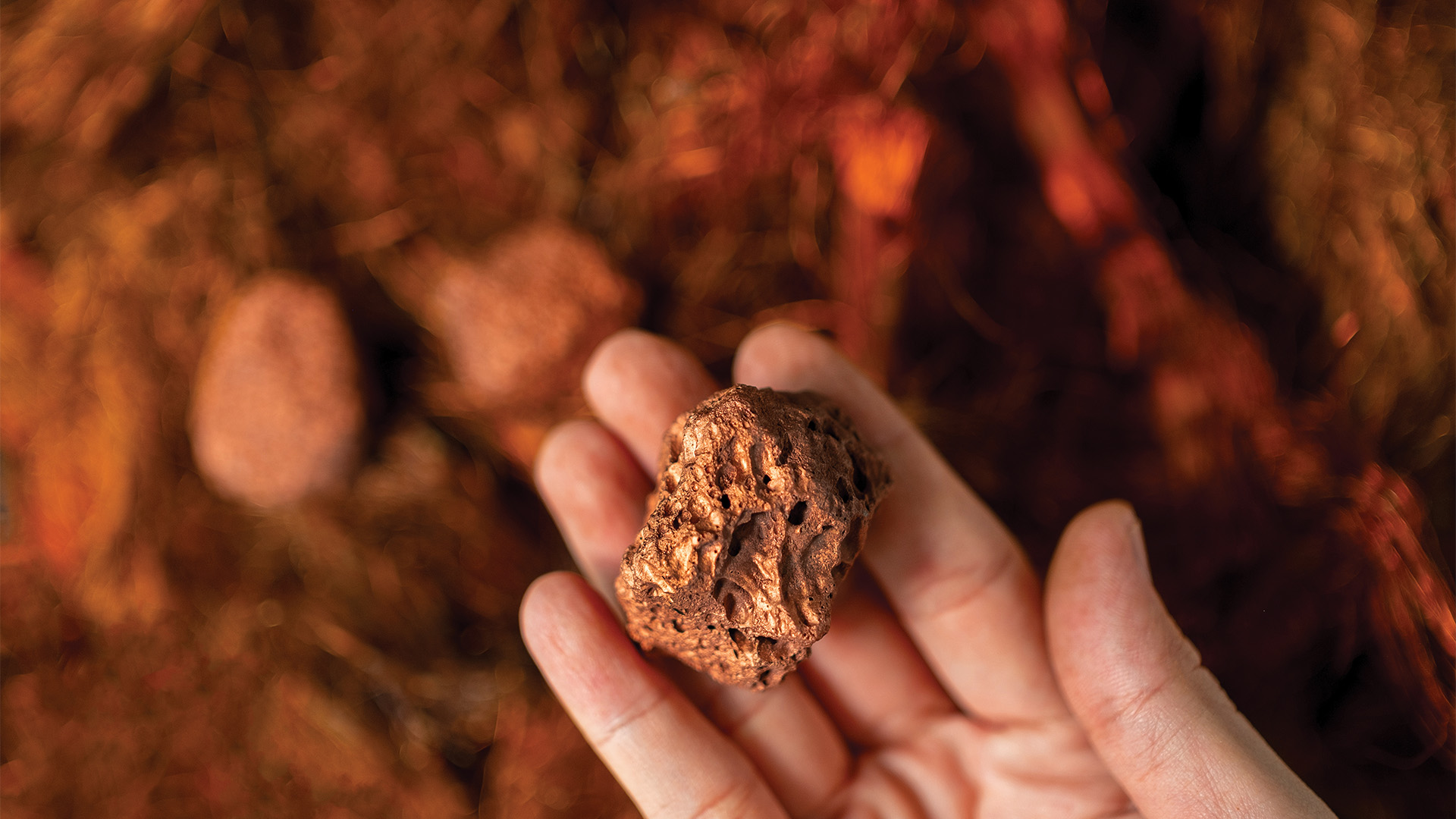There’s no doubting the Australian economy is going well at the moment – the June quarter national accounts confirmed the jump in growth reported in the March quarter and also suggest the Reserve Bank’s forecast for growth of “a bit above 3%” for 2018 and 2019 is on track.
But if you are a retailer of any type (or investor in any of these areas) – from a coffee shop, to takeaway food, bricks and mortar food or department stores, clothing, or online (even Amazon) the figures on household savings and disposable income should give you reason pause and wonder about the outlook for demand.
And this includes big-ticket items like car sales where data for August confirms that the pace of growth has reversed and a small slide is underway. Figures released yesterday by the Federated Chambers of Automotive Industry said that in year-to-date sales, the market dipped 0.3% under the record-setting total for the eight months of 2017. Cumulative industry sales year to date reached 786,294 to the end of August.
First a look at the numbers. According to the Australian Bureau of Statistics Australia’s gross domestic product (GDP) grew by 0.9% in the June quarter 2018, following a revised 1.1% rise in the March quarter. The Australian economy grew 2.9% in 2017–18 against official forecasts of 2.75% from the Reserve Bank and Federal treasury.
Growth at the end of the year to June was running at 3.4%, the strongest since 2012 and the dying days of the great mining boom (post the Queensland floods). That was up from 3.2% in the year to March (originally, 3.1%).
The ABS said household final consumption expenditure increased 0.7% in the quarter. “This reflected strong retail spending across a number of components including food, recreation and culture, and furnishings and household equipment. Conversely, spending on purchases of vehicles, transport services, and hotels, cafes, and restaurants fell.”
Household consumption grew 3.0% through the year. That’s pretty solid.
Investment in new houses and apartments rose 3.6% for the quarter thanks mainly to strength in Victoria and South Australia, while NSW saw weakness 9to go with the 5.6% slide in house prices in the past year).
The ABS said ” The recent pickup in new dwelling investment reflects strong approvals in early 2018 which are now flowing through to commencements. This strength was reflected in the gross value added of the Construction industry, which grew 1.9% for the quarter.”
“Total government final consumption expenditure rose 1.0% this quarter and remains strong through the year. National general government spending on health, aged care and disability services were the main contributors. State and local government expenditure also had strong growth with a rise in employee expenses and social benefits to households.
Mining investment rose a surprisingly strong 5.1%, this was the first rise since March quarter 2017. That’s the upsurge in new gold and lithium investment in WA, copper in WA and South Australia and extra spending on iron ore, LNG/oil, and coal.
“The result was driven by continued capital investment on machinery and equipment by mining firms and an increase in petroleum exploration expenditure.
“Through the year, mining investment is down 9.7% which is not unexpected as some of the massive LNG projects have ended.
“Non–mining investment fell 2.4% this quarter. This fall in investment this quarter was driven by machinery and equipment and follows strong growth in the previous quarter.
“This was partially offset by non–dwelling construction which was driven by renewables (wind, solar and a complete repudiation of those who claim green energy doesn’t add to national growth).
Over the year to June non–mining investment “sustained at elevated levels: and was up a boom-like 17.7% through the year, according to the ABS
But now for the weak bits of the data – the ones that should worry retailers.
The household saving ratio fell 1.0% in the June quarter of 2018, which is at its lowest since December quarter 2007. Back then we were spending the fruits of the first stage of the China mining boom, the budget was in strong surplus, housing was doing well and the outlook was more to come.
Then the US sub prime mortgage boom hit, followed by the GFC a year later (and 10 years this month) and the savings ratio surged to 10%, the Federal government was forced to spend billions keeping the economy out of recession and the Reserve Bank spent the best part of $100 billion keeping banks and other financial groups afloat and solvent.
The run down in the savings ratio was from 4.6% in the June 2017 quarter (and 5.3% in the March 2017 quarter). The ABS said this “was due to continued strength in household final consumption expenditure (0.9%) alongside more moderate growth in household disposable income (0.4%). “
And that’s the other worry household disposable income. Income is not keeping pace. Wages growth is stagnant, despite what some might claim from the figures
For example, they point to the fact that compensation of employees (COE) grew by 0.7% in the June quarter of 2018, due to growth in both public and private sectors. Through the year COE recorded growth of 4.8%. Health Care and Social Assistance, Construction and Public Administration and Safety were the major contributors to this growth
“Seasonally adjusted COE increased 0.7% in the June quarter 2018 with average compensation per employee increasing 0.1%. This indicates growth in employees is outgrowing wage rates,’’ the ABS explained.
That growth was due to more people being employed, not higher wages. It seems Australian households have been running down their savings just to keep ahead. The question now is can they keep it up with house prices falling and household debt still high? That’s the central worry for the Reserve Bank.













